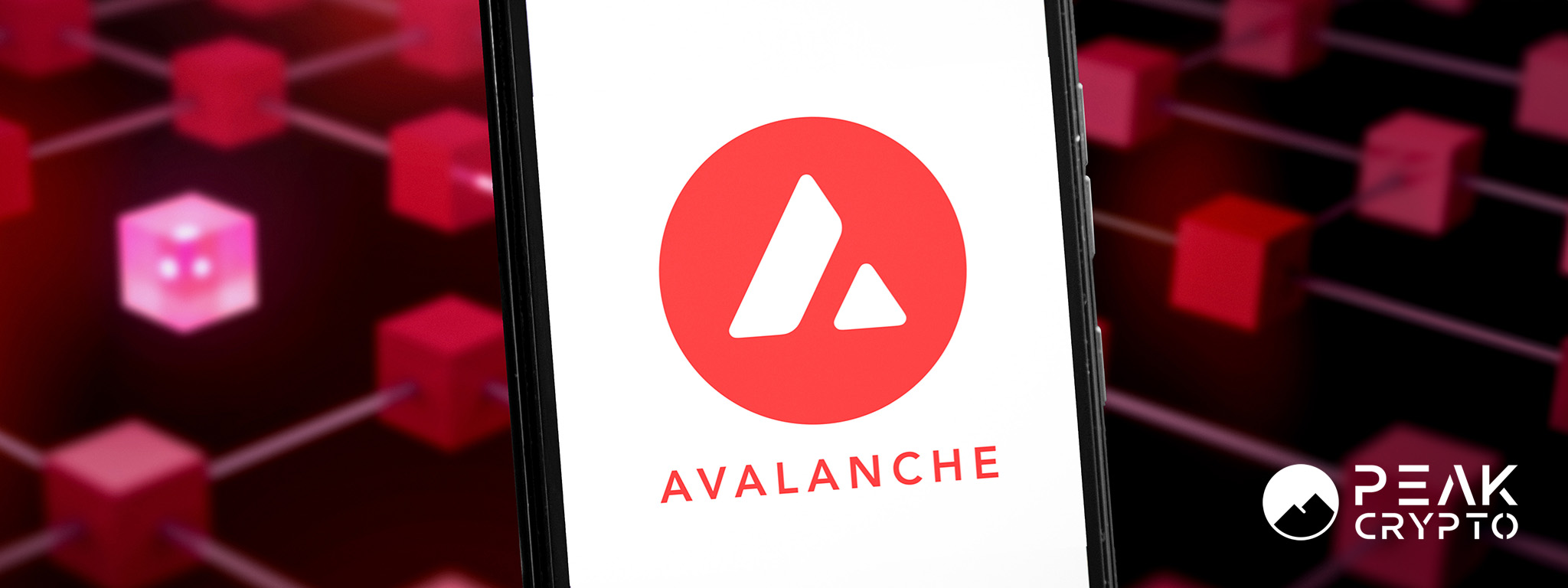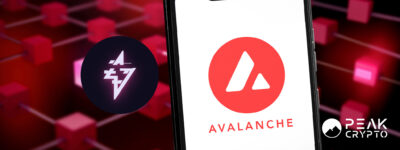Avalanche, a leading layer-1 blockchain network for smart contracts, has announced that its HyperSDK blockchain upgrade on testnet has surpassed 140,000 transactions every second.
The present testing phase aims to create an efficient framework for constructing high-performance Virtual Machines (VMs) directly on Avalanche’s platform.
HyperSDK: A New Leap in Blockchain Performance
Ava Labs has highlighted that the architecture of HyperSDK is designed to allow developers to integrate into a high-speed execution environment seamlessly. This negates the necessity for writing extensive code from the ground up.
This feature greatly simplifies the process of custom VM creation. Consequently, developers find it more convenient to roll out optimized blockchain systems.
The impressive figure of 143,322 TPS was recorded during a systematic test, as evidenced by a screenshot published on GitHub.
For context, Avalanche currently boasts a rate of up to 4,500 TPS. In contrast, Solana’s rate lies between 2,000 to 3,000 TPS, and Ethereum’s capability is a mere 15-20 TPS, per Coincodex data.
They’ve clocked at it at 141,000. But that’s in a very controlled environment. So I think if you were to cut that in half, it would still be very generous and probably will do more than that.
Nick Mussallem said.
HyperSDK’s Prospects and Potential
With the introduction of HyperSDK, the blockchains constructed will function as subnetworks, termed HyperChains. These can be molded to perform any specific function as envisioned by the developer.
Furthermore, a graphical user interface (GUI) on offer eliminates the need for any supplementary code. Developers are also presented with a VM selection. Mussallem pointed out, “You can literally launch it in five minutes.”
While Mussallem confirmed that HyperSDK is open source and immediately accessible, he stressed its current status as an early beta version. He clarified that while it is not yet ready for full-fledged deployment, it anticipates its official launch by the year’s conclusion.




